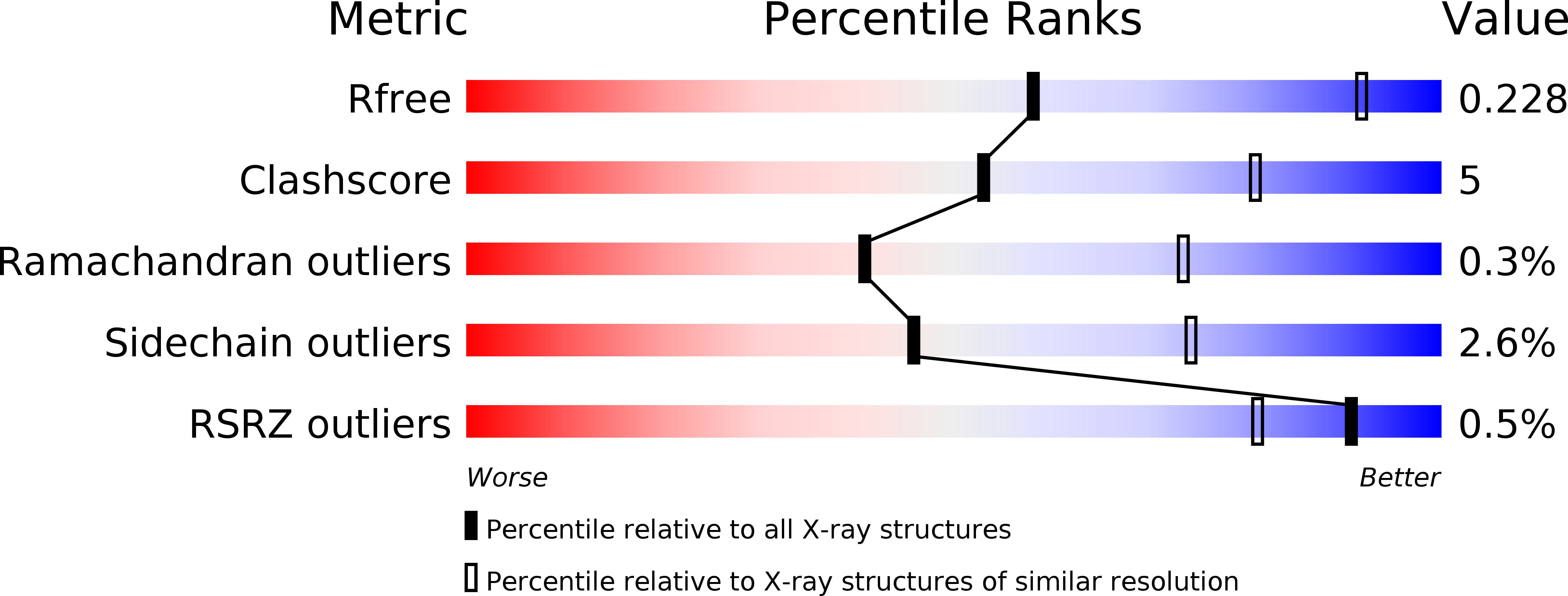
Deposition Date
2019-04-19
Release Date
2019-12-25
Last Version Date
2024-10-16
Entry Detail
Biological Source:
Source Organism:
Clostridium perfringens ATCC 13124 (Taxon ID: 195103)
Homo sapiens (Taxon ID: 9606)
Homo sapiens (Taxon ID: 9606)
Host Organism:
Method Details:
Experimental Method:
Resolution:
3.10 Å
R-Value Free:
0.23
R-Value Work:
0.18
R-Value Observed:
0.19
Space Group:
P 61


